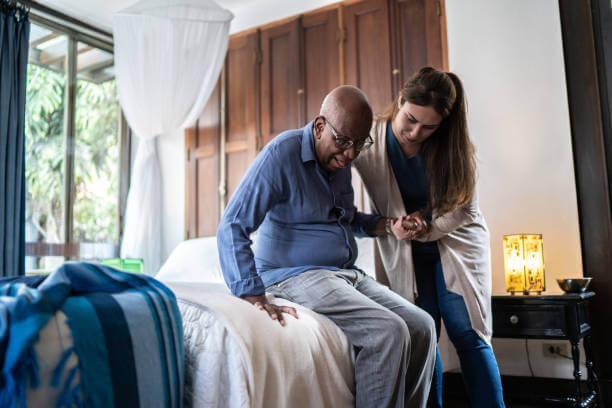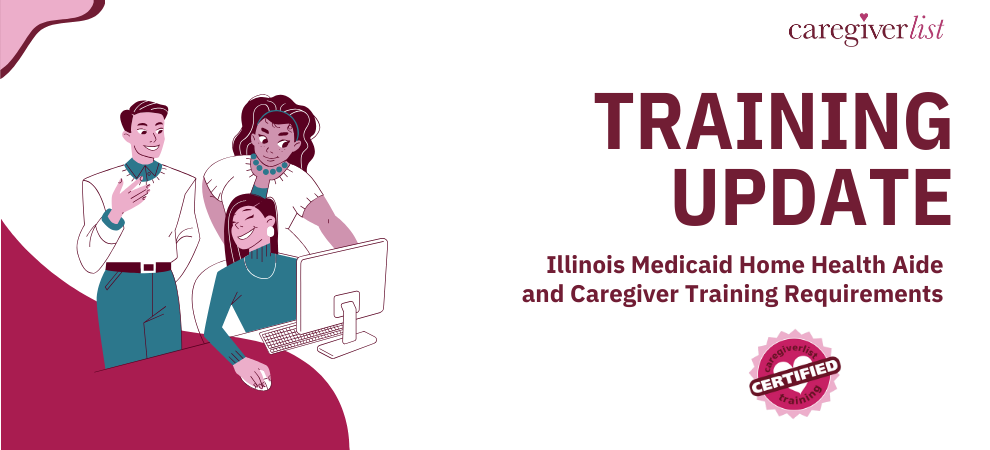Lilly Ledbetter was applauded last night at the Democratic National Convention and has a special connection with senior caregivers. The Lilly Ledbetter law became the first piece of legislation – the first law – signed by President Barack Obama. The Lilly Ledbetter Fair Pay Act amends the Civil Rights Act of 1964 stating that the 180-day statute of limitations for filing an equal-pay lawsuit regarding pay discrimination resets with each new paycheck affected by that discriminatory action. And right now, senior caregivers are faced with the challenges of maintaining their work positions while also performing caregiver duties.
Lilly Ledbetter worked for Good year Tire & Rubber Company and filed the pay discrimination suit just 6 months prior to her early retirement in 1998 – partly because she simply did not know previously that she was being paid much less than men who held the same position that she did. The Supreme Court used this technicality to deny her lawsuit although Justice Ruth Bader Ginsburg did propose interpreting the law according to the date of the last paycheck.
Caregivers for seniors are usually women – in fact the oldest adult daughter typically takes the role of caregiver for her parents. Studies (and reality) show that women will miss out on work promotions and career opportunities because they must be absent for caregiving.
The Family Caregiver Alliance research determined that 65.7 million caregivers make up 29% of the U.S. adult population providing caer to someone who is ill, disabled or aged. Caregivers of people age 50 years and older are 68% female. While men will often become the caregiver for a spouse with memory loss, studies show a relatively equitable distribution of caregiving between men and women although female caregivers spend more time providing care than men do (21.9 vs. 17.4 hours per week). And 36% of women caregivers handle the most difficult tasks such as bathing, toileting and dressing. Male caregivers are more likely to assist with finances, arranging care and other less budernsome tasks.
These are stereo-types but highlights the bigger issue which is that female caregivers are more likely than males to have made alternative work arrangements: taking a less demanding job (16% of females vs. 6% of males), giving up work entirely (12% vs. 3%), losing job related benefits (7% vs. 3%). Overall 70% of working caregivers made some job change to accommodate their caregiving role with 9% giving up work entirely and 3% taking early retirement.
Caregiving has shown to reduce work productivity by 18.5% and increase the likelihood of leaving the workplace. The 2008 economic downturn had a harsh effect on the working family caregiver with 6 in 10 caregivers experssing they are less comfortable with risking taking time off from work to care for a family member or friend. And 51% expressed added stress caused by their need to care for a loved one when faced with increased work challenges.
Alzheimer’s and dementia caregivers provide care 1 to 4 years more than caregivers caring for someone with an illness other than Alzheimer’s disease and are more likely to provide care for 5 years or more.
Lilly Ledbetter paved the way for fair pay for women and regardless of your political party, it is worth noting she stood up for this right. There are both men and women who are somtimes plugged into jobs for reasons beyond their talents. We won’t change this anytime soon but we can stand up for fair pay when the talents are the same according to performance reviews and years of work, which was the case for Lilly Ledbetter.
As 77 million Baby Boomers retire and create the largest senior population ever, it will become necessary to have more ways to accomodate the need for family caregivers and to provide fair pay for professional caregivers. Living longer comes with a price tag and living longer with an age-related disease, such as Alzheimer’s disease, comes with an added cost of loss in work or loss in advancement in a career for those providing the care. As nursing homes can cost as much as $300 or more per day, it is important to begin valuing the cost of caregiving for family caregivers and create new ways to provide for senior care. Right now, seniors with financial challenges associated with caregiving needs only have the option of spending down to qualify for Medicaid which does pay for a nursing home ongoing. Caregiverlist provides the Medicaid financial qualifications in each state as so many seniors have come to us for this information – it is easy to see that the burdens of care can take a financial toll on families.







